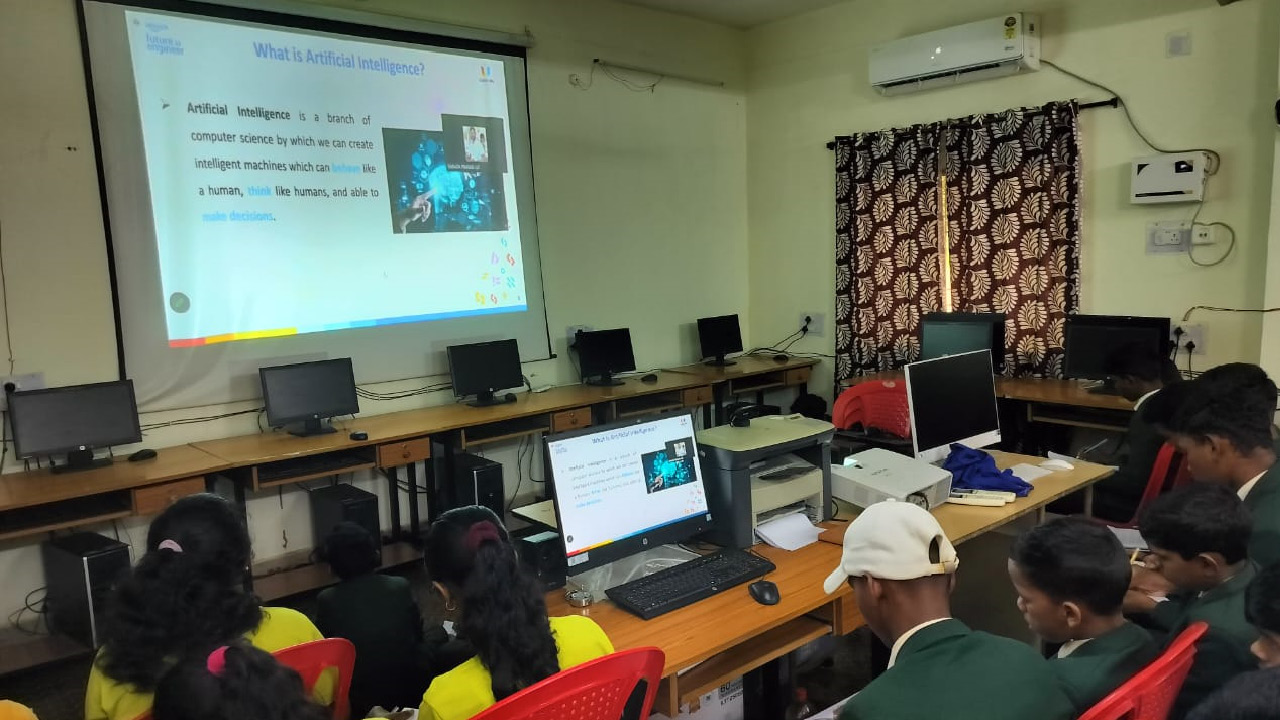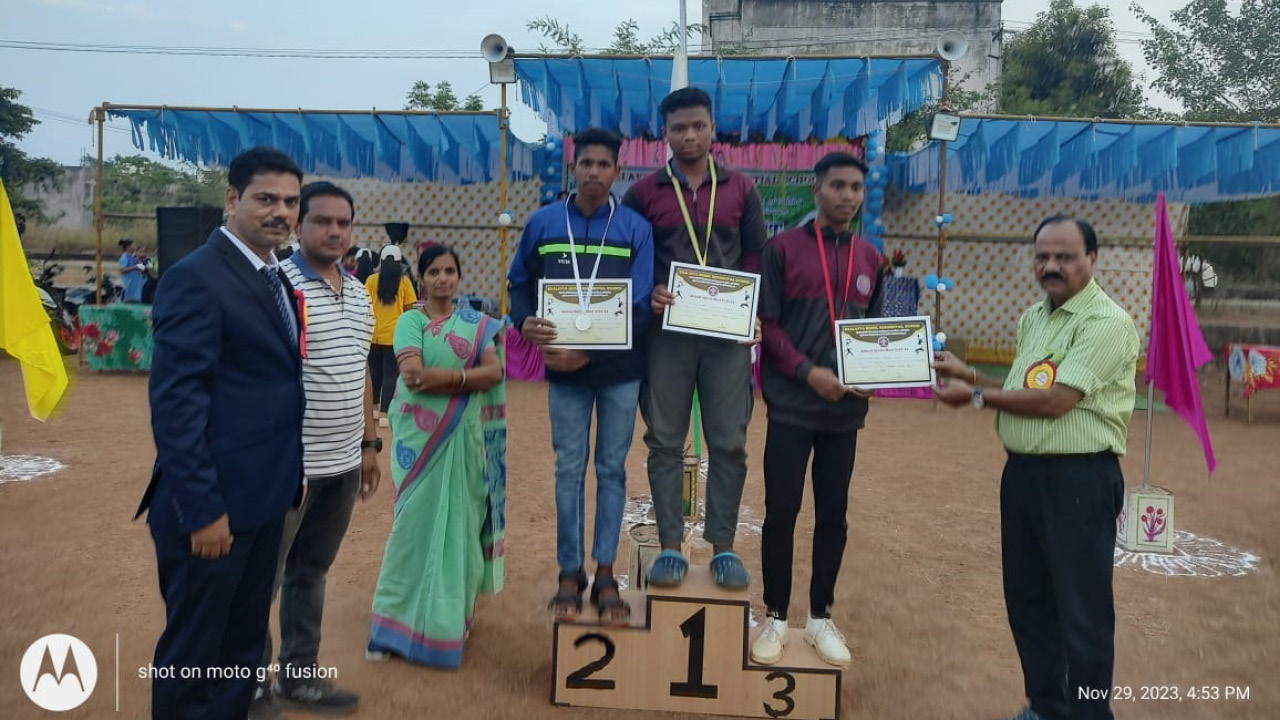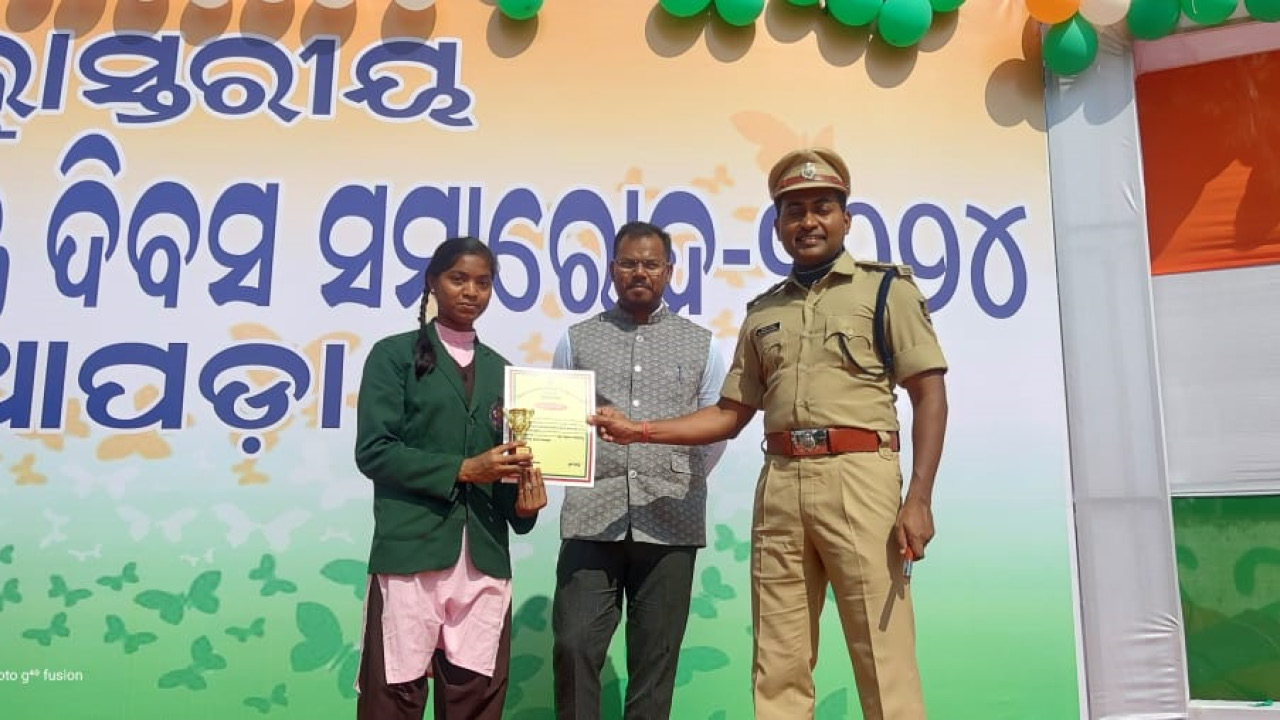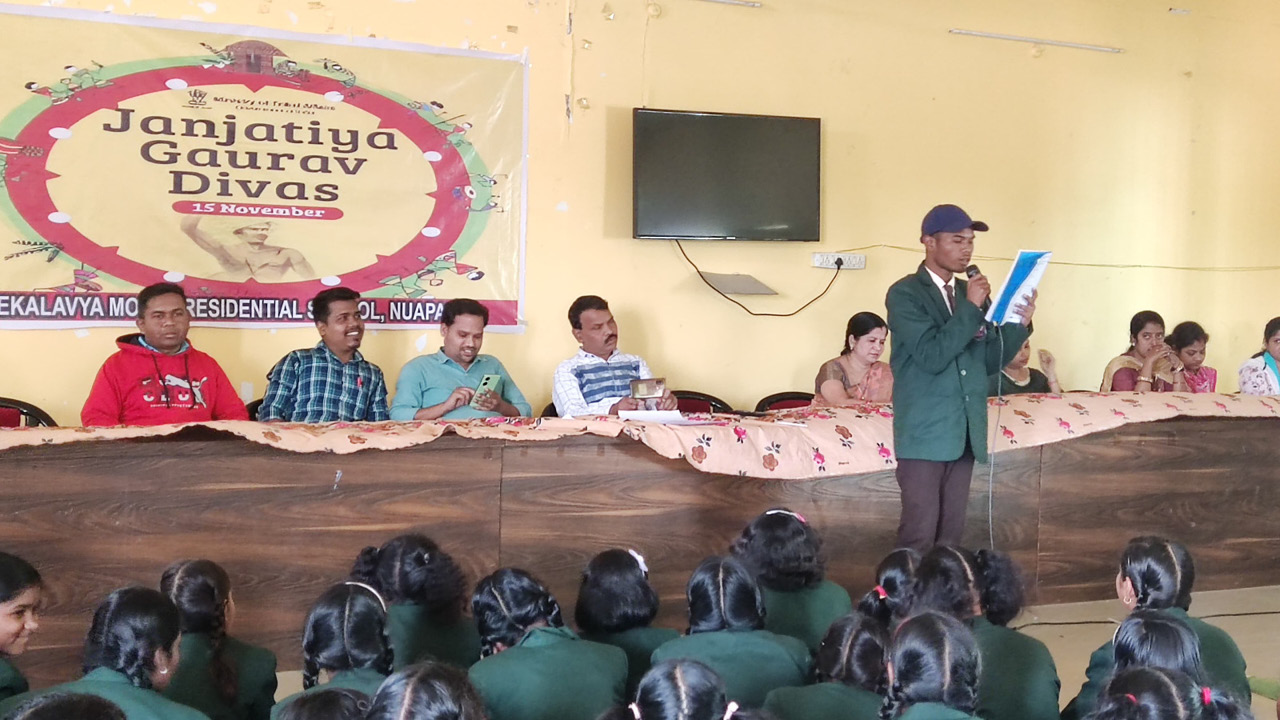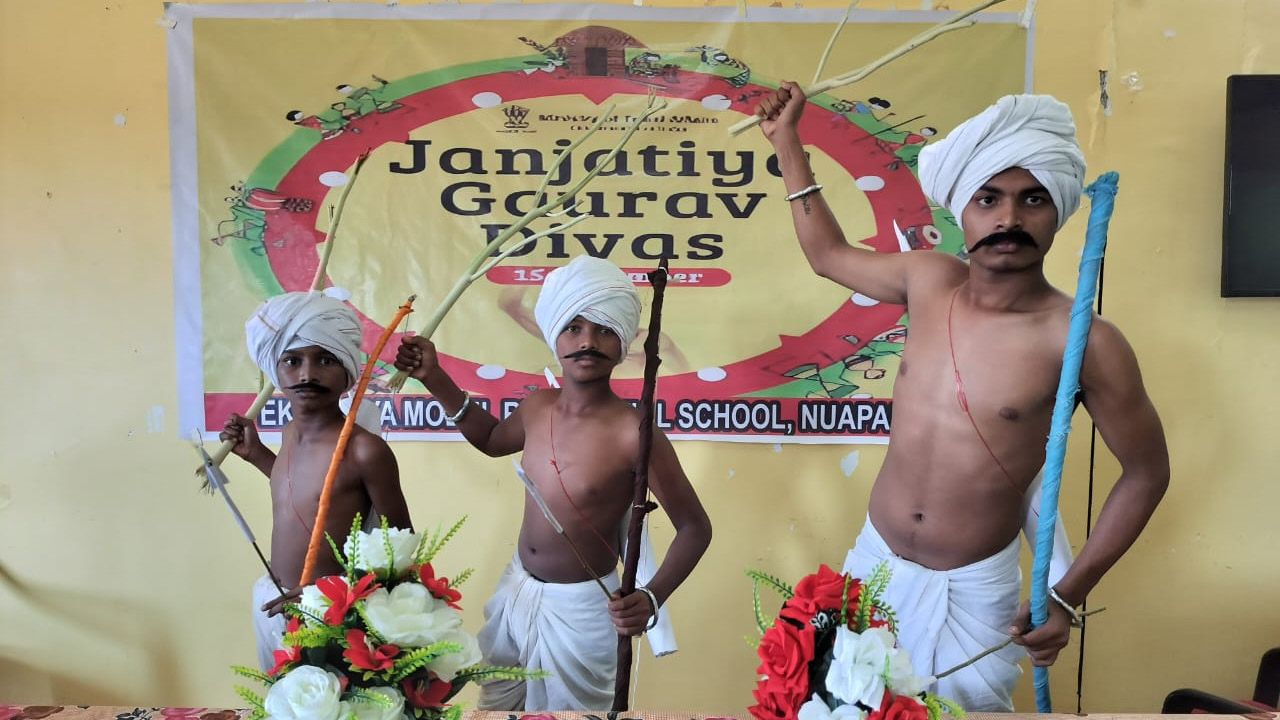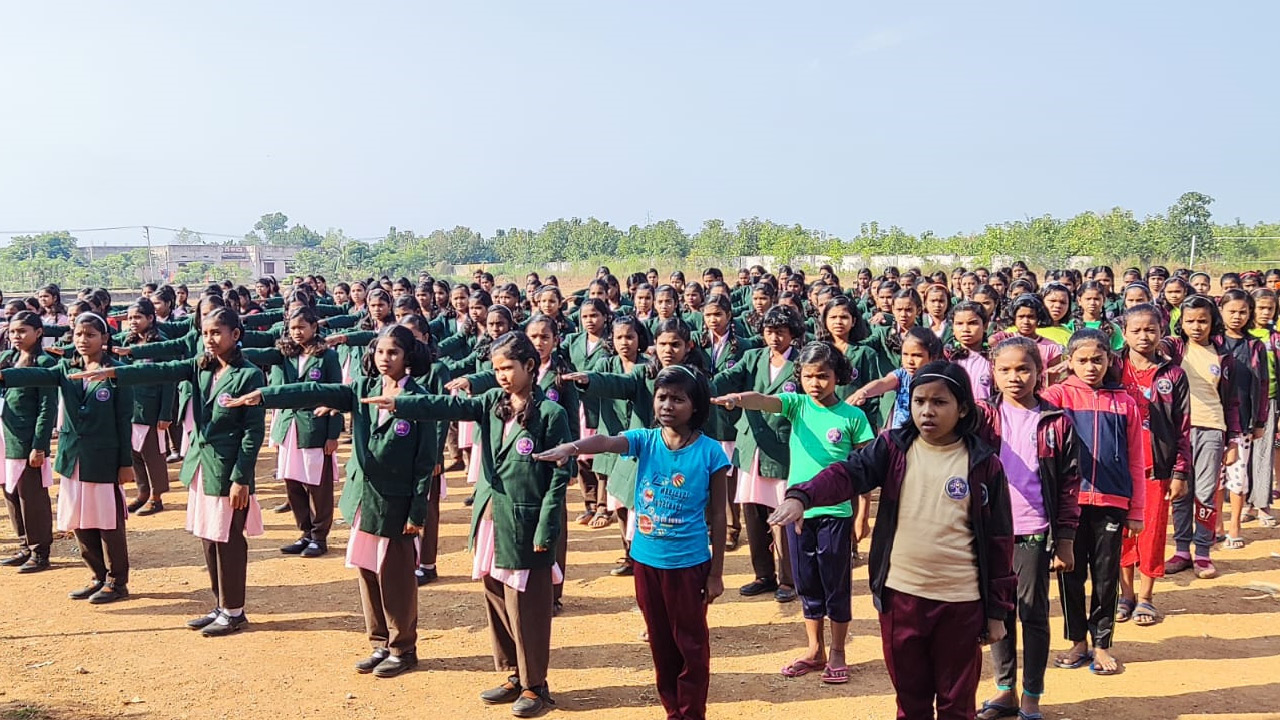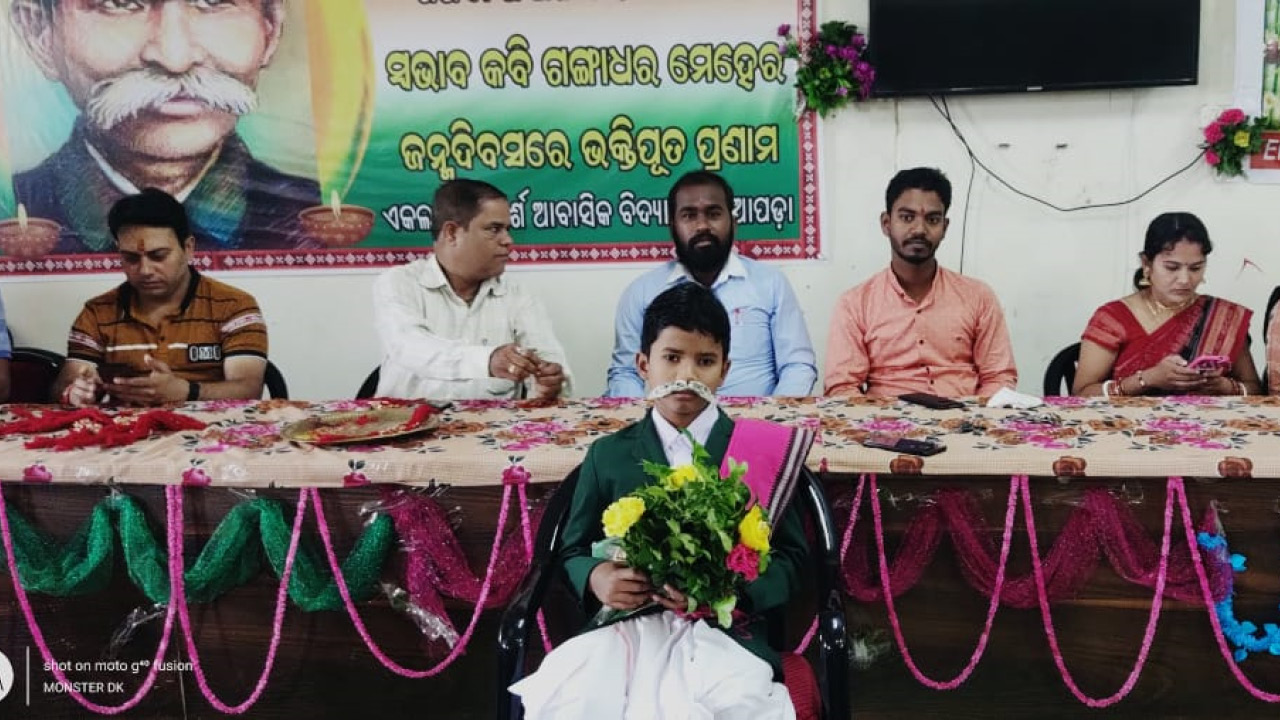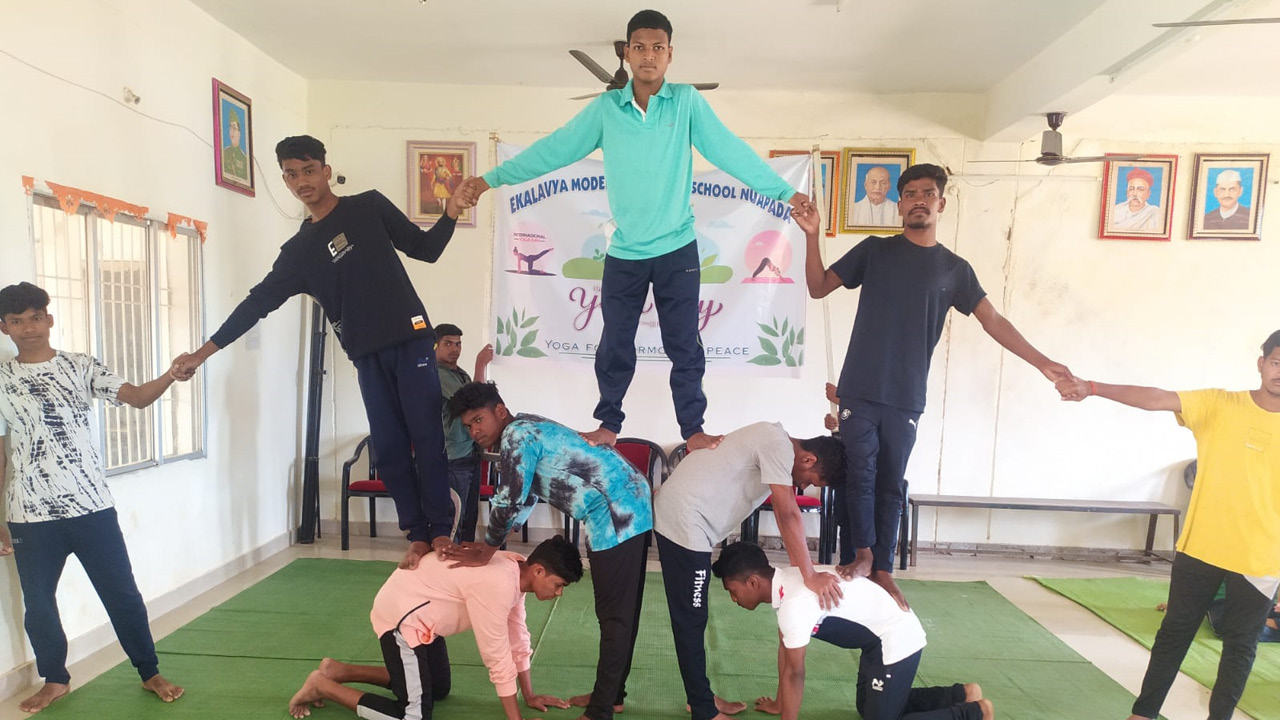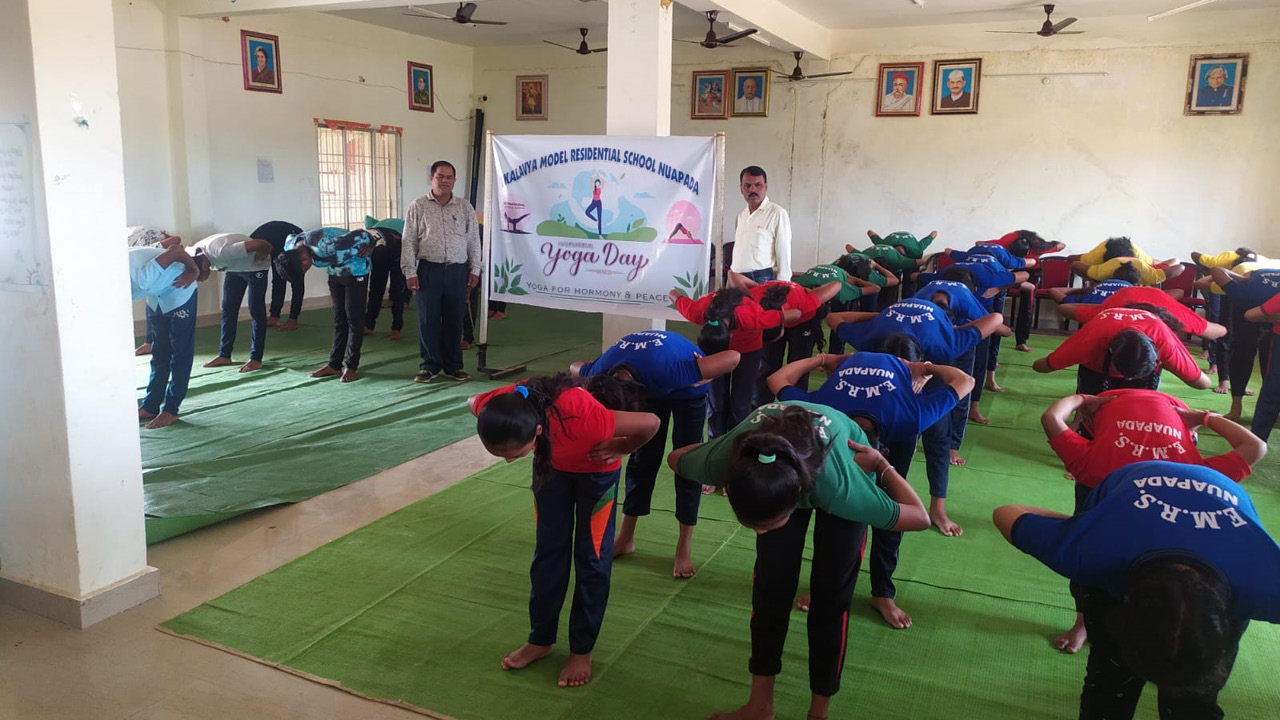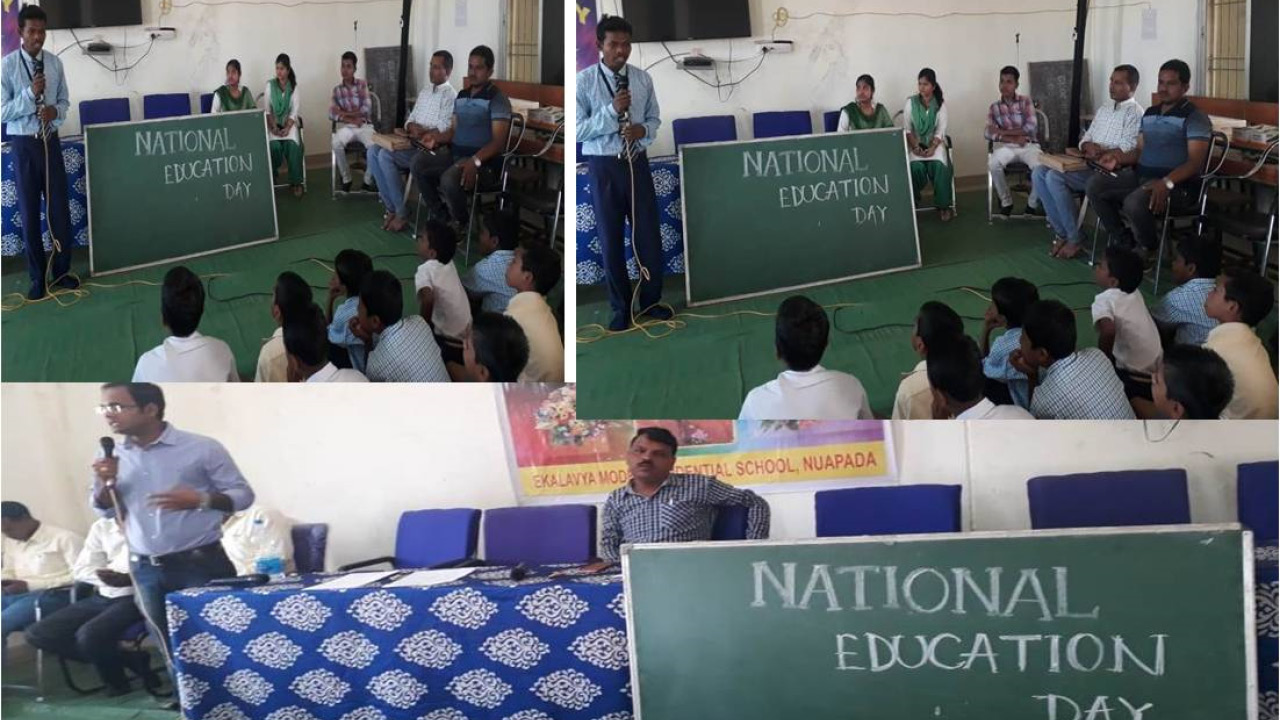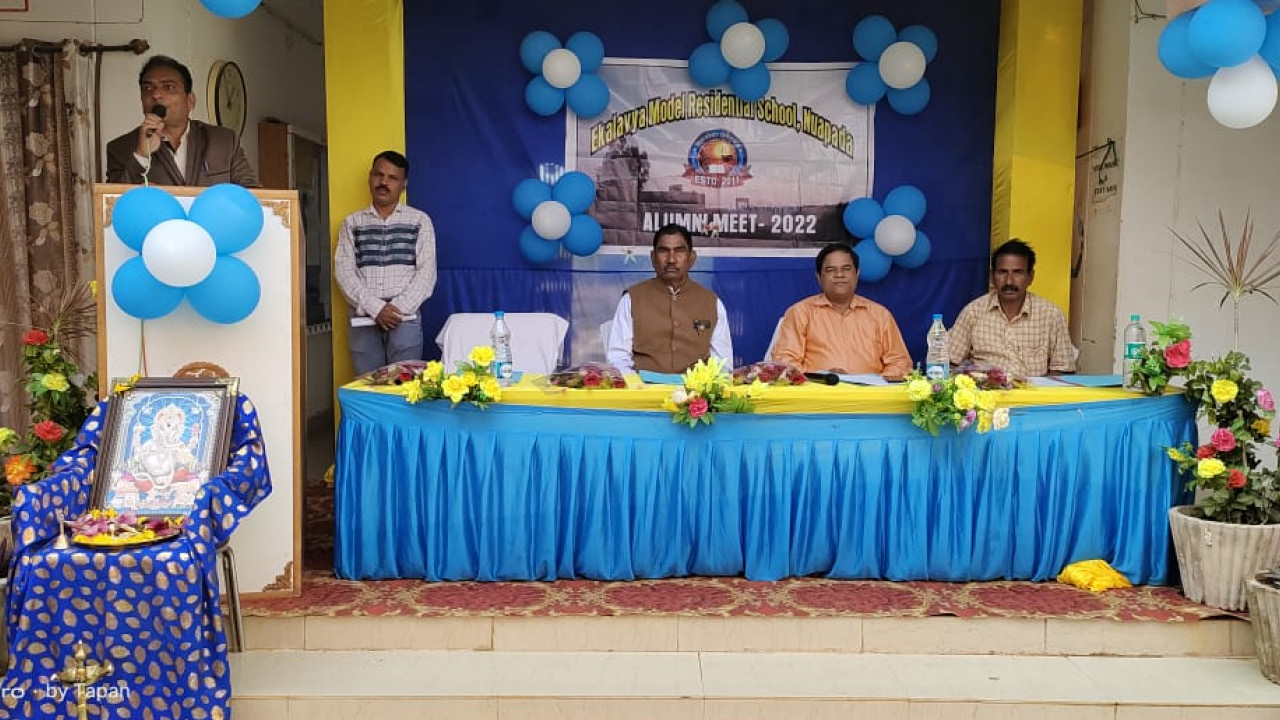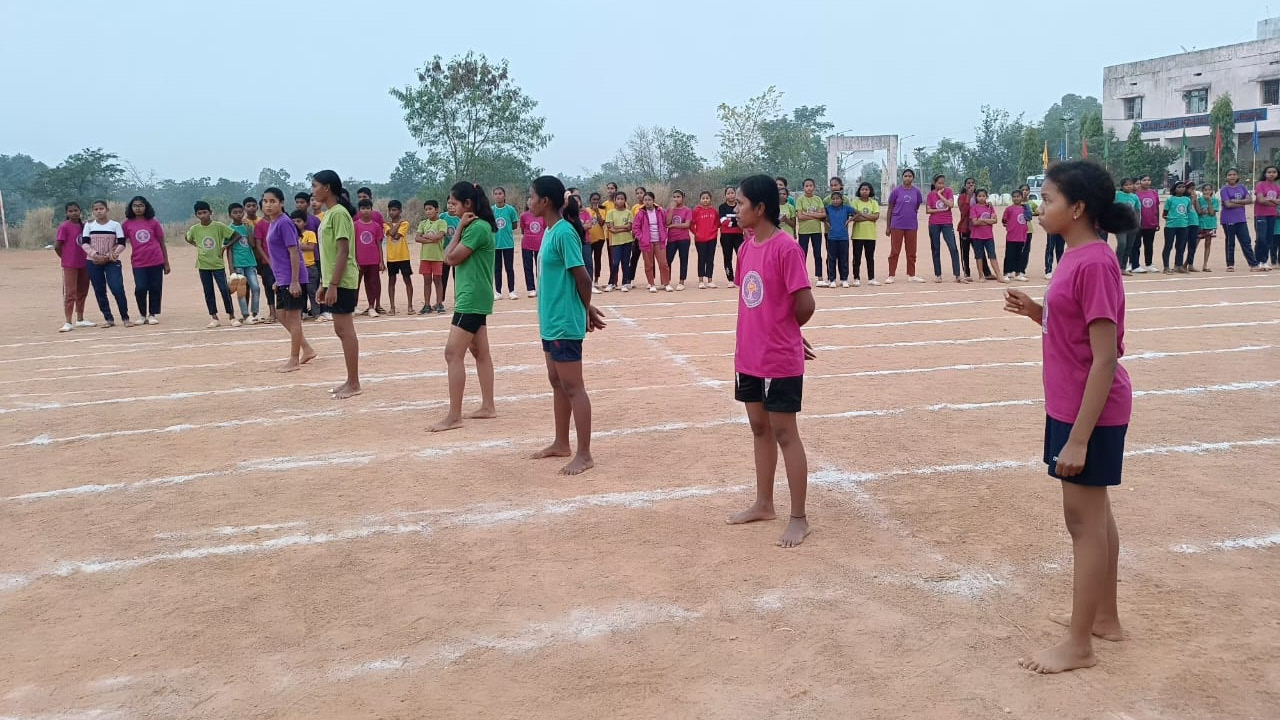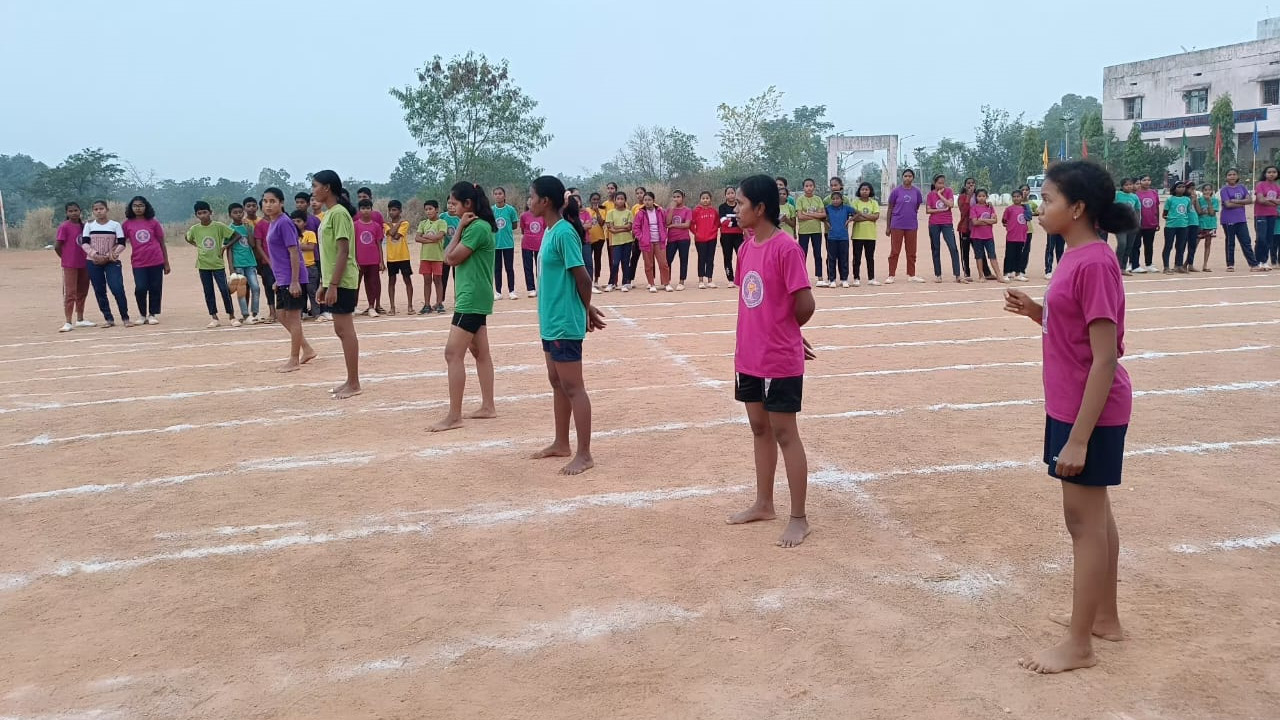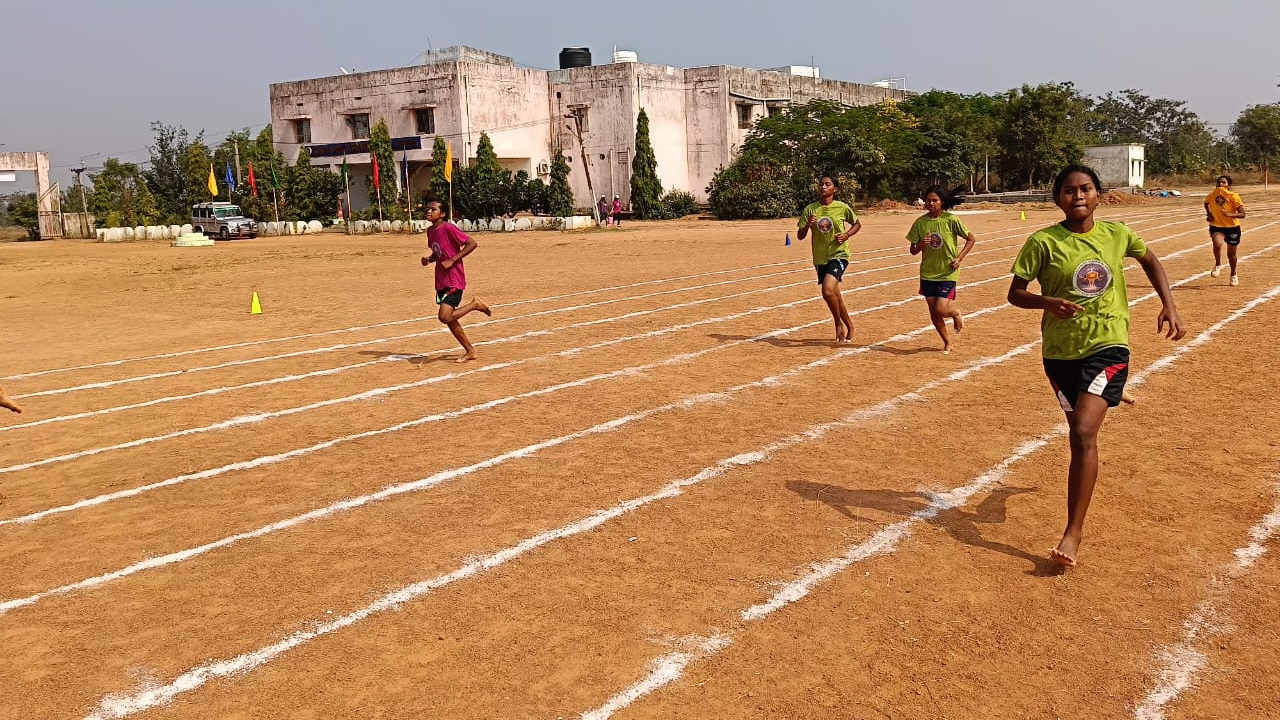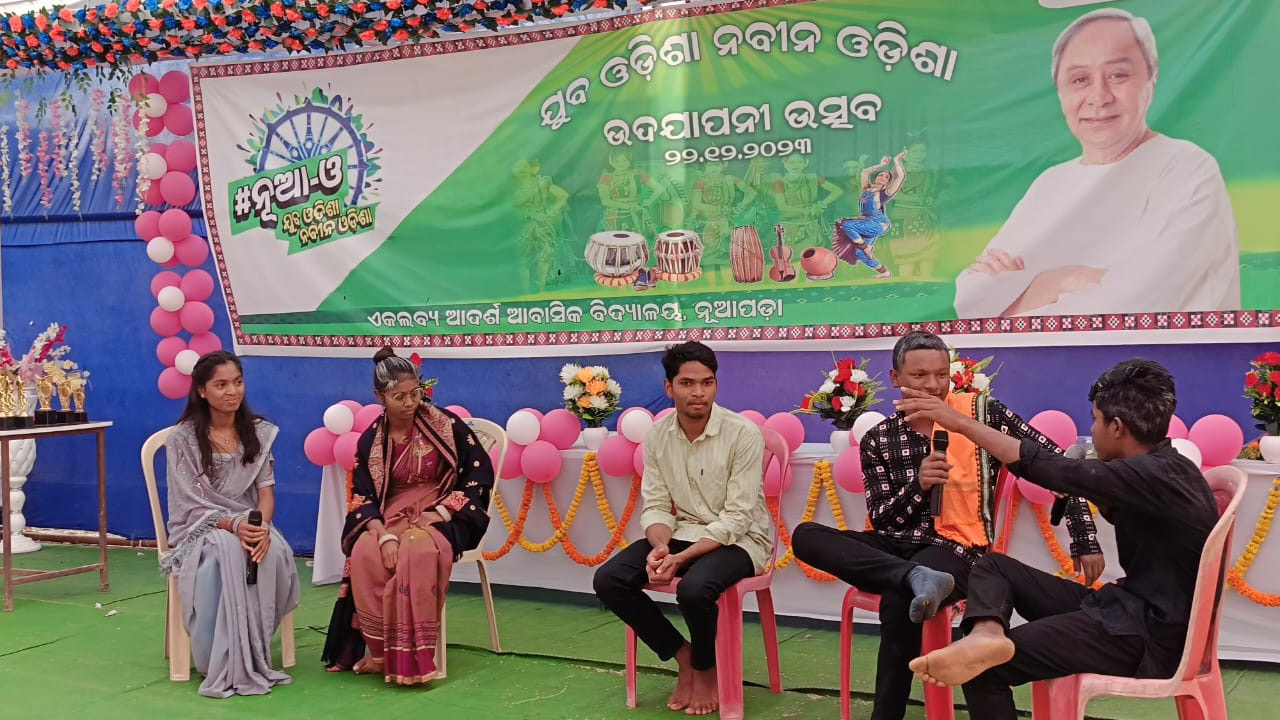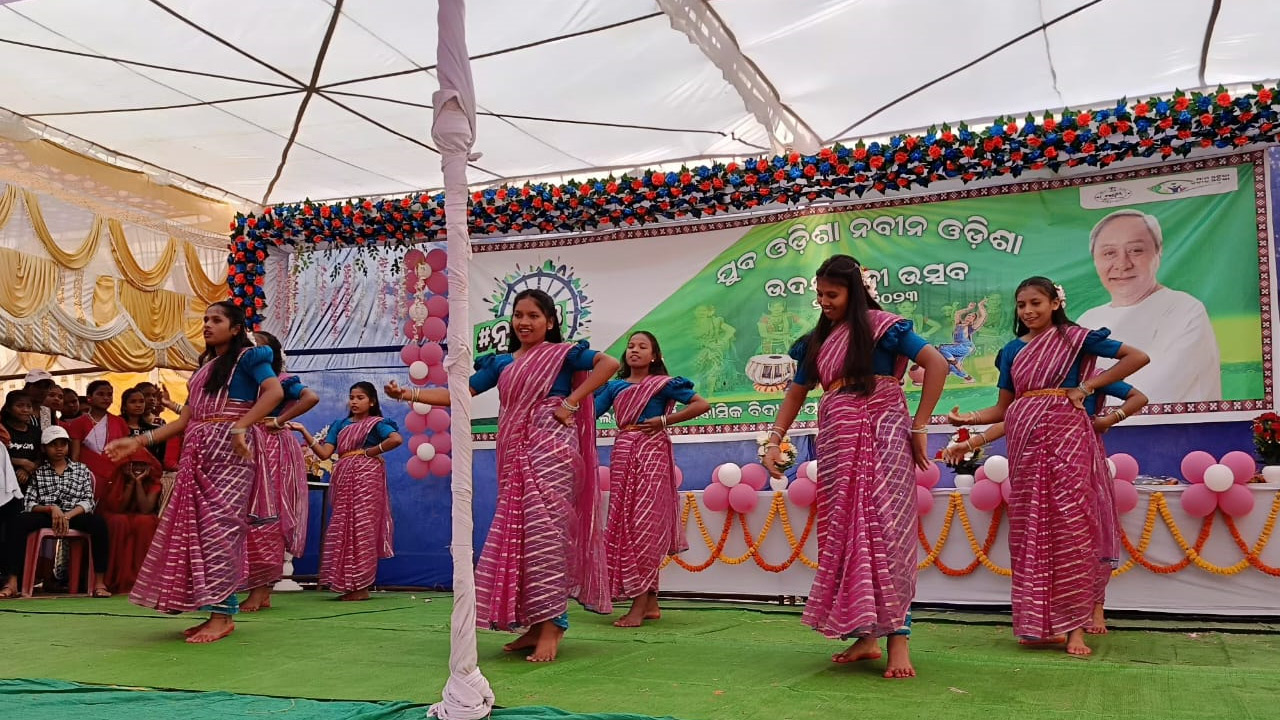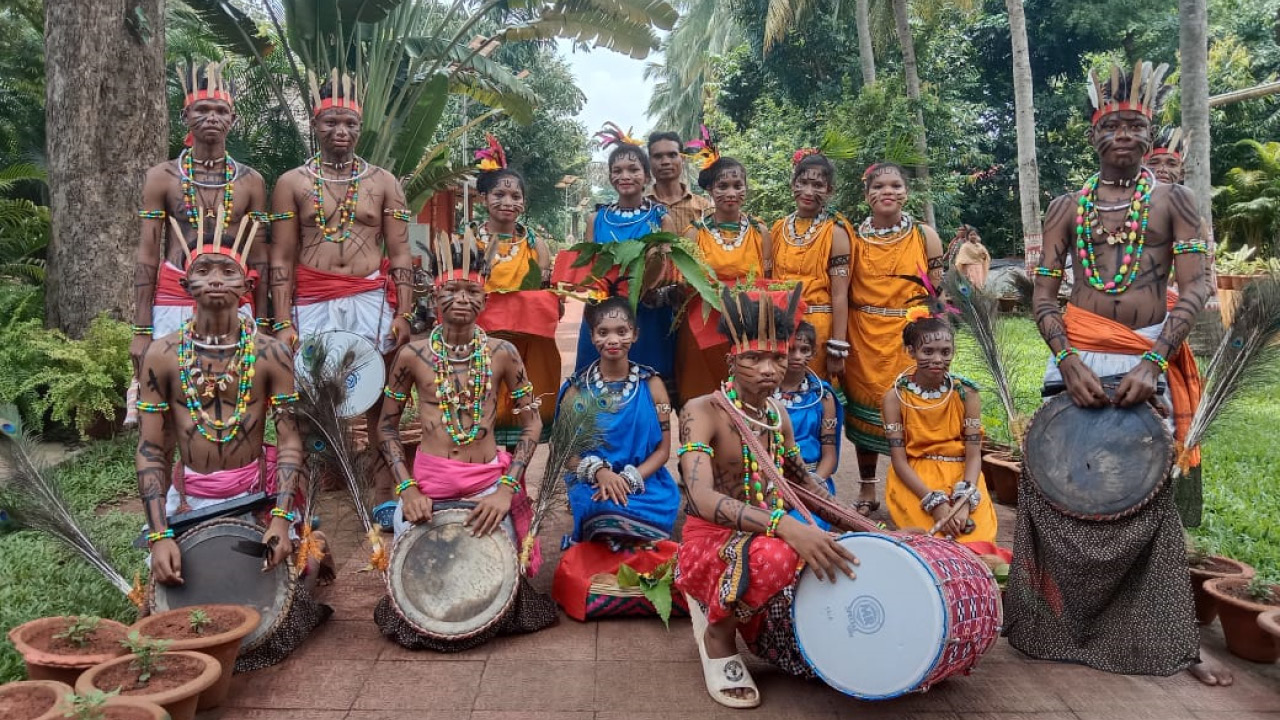Empowerment through Education, Eklavya Model Residential School, Naupada, Odisha
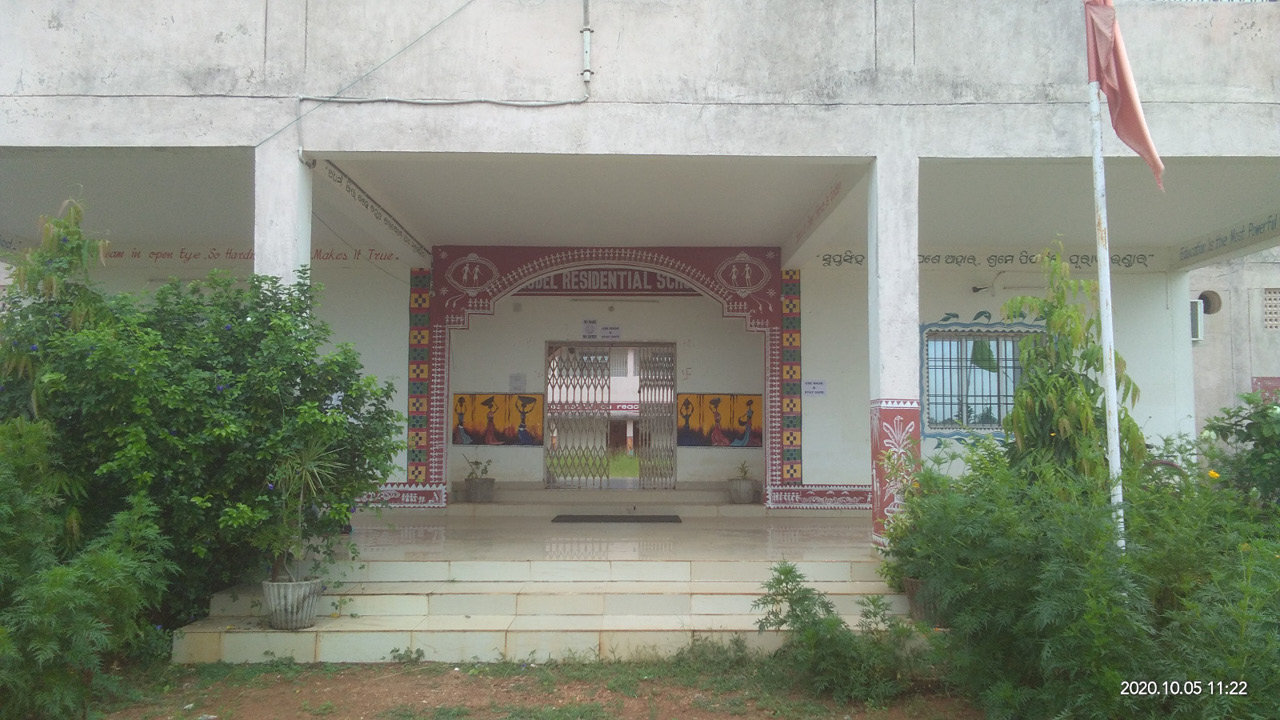
Empowerment through Education, Eklavya Model Residential School, Naupada, Odisha
Problem
- Widespread illiteracy among tribal communities
- Poor or no access to formal education
- Dogmatic attitudes of parents towards schooling
- Unwillingness of children to engage in learning
- Reluctance to abandon cultural customs
- Discriminatory treatment of girls
Solution
- Organizing community dialogues to address concerns
- Raising awareness about educational facilities available
- Eliminating financial burdens for parents
- Encouraging children, especially girls, to participate in academics and sports
- Providing extra attention to the education of the girl child
Outcomes
- Active teacher-student involvement
- Continuous encouragement of girls to participate in school activities
- Improvement in admission and attendance rates
- Gradual enhancement in academic results
- Increased participation in various sporting activities
Project Details
Category: Education – EMRS
Project: Empowerment through Education
Organisation: Eklavya Model Residential School, Naupada, Odisha
Start Date: 2010
Website: https://nuapada.nic.in/public-utility/ekalavya-model-residental-school-nuapada/
The District of Nuapada was a part of Kalahandi District till early March 1993, but for the administrative convenience, Kalahandi District was divided into two parts i.e. Kalahandi and Nuapada. Nuapada district has basically an agrarian and forest economy. Much of the population depends on agriculture and forest. They live in subsistence economy in the absence of any alternative sources of meaningful employment. Absence of Irrigation, poor land quality make agriculture non remunerative. In both forest and agricultural produces the people suffer distress sale.
Eklavya Model Residential School (EMRS) was established in Naupada in 2010 with the objective to address the long-standing issue of illiteracy. People were not ready for a change and initially resisted the opening up of the school, which they felt will invade into their cultures.
With the involvement of district administration, teachers, principal and the district volunteers, a number of meetings were organised with all the stakeholders to explain the benefits that school will bring to their children, particularly the girl child.
Emphasis was given to physical, mental and social development of students enrolled in the EMRS. Students and the faculty were involved in a number of construction and development activities of the school for them to own it up. This helped to increase their affinity with the institution.
Educational Facilities and Achievements
Now the students have ample opportunities where they are provided with contemporary modern education. They are imparted lessons through (K Yantra) smart class room. In addition the school has well-furnished computer lab, English language lab, science lab and Internet facilities. It is providing opportunity to each and every student to improve their learning, discover the talent and aspire to do more.
Lili Dal has achieved an academic milestone by securing the 3rd position in her academic performance. During 2022, in the 11th grade, Lili achieved an impressive 75% and this year, she has shown outstanding growth by attaining an exceptional 89% in 12th grade.
While Lili performed well, Umadatta Majhi secured 1st position in the school in 12th grade examination in 2023. This reflected her dedication, hard work and academic brilliance. This has been a motivation for other girl students. She has become a role-model for other students who are looking at excelling in academics.
Cultural Integration
Culture has been integrated into academics in a very subtle manner. Children are seeming to reap benefits of this amalgamation too. Sambhalpuri Dalkhai is the most popular tribal folk-dance of Odisha. Its performance is very common on most of the festivals including, Bhaijiuntia, Phagun Puni, Naukhai etc.
EMRS Naupada stands as a testament to the transformative power of education in empowering communities, breaking barriers, and fostering holistic development.


